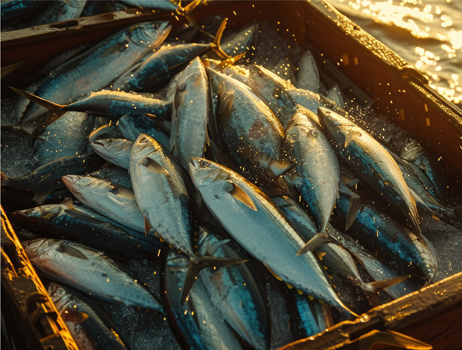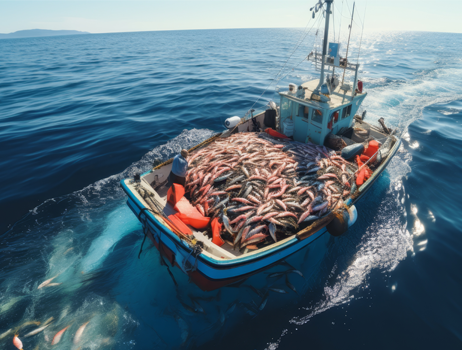The oceans are a vital part of our planet, providing a source of food, livelihoods, and biodiversity. However, the health of our oceans is increasingly threatened by unsustainable fishing practices. In this article, we explore the challenges of overfishing, the importance of sustainable fishing practices, the impact of consumer choices, and the benefits of adopting sustainable approaches to fishing.
The Challenges of Overfishing
Overfishing is a serious problem that endangers marine ecosystems around the world. The constant pursuit of fish stocks beyond their natural capacity depletes populations, alters marine feeding networks, and has the potential to cause fisheries to collapse. Unsustainable fishing activities, such as illegal fishing, bycatch, and destructive fishing methods, compound the issue by putting enormous strain on ocean ecosystems and risking marine life's future.
The Importance of Sustainable Fishing Practices
Overfishing is a pressing global issue that threatens the delicate balance of marine life. When fish are harvested at a rate that exceeds their ability to reproduce and replenish their populations, it can lead to the depletion of entire species. This not only disrupts the natural food chain but also has far-reaching consequences for the overall health of the ocean.
Protects Marine Ecosystems: Sustainable fishing practices help protect the flora and fauna within marine environments, preserving the delicate balance of aquatic ecosystems. This ensures the long-term health and resilience of these ecosystems.
Ensures Food Security and Livelihoods: Sustainable fishing practices support the livelihoods of fishermen and coastal communities that rely on seafood as a source of food and income. It helps maintain healthy fish populations to meet the global demand for protein-rich seafood.
Prevents Overfishing and Stock Depletion: Sustainable fishing involves science-based management of fish stocks, setting catch limits, and implementing measures to prevent overfishing. This helps maintain fish populations at sustainable levels for the future.
Reduces Environmental Impact: Sustainable fishing practices minimize the impact on habitats and non-target species, such as reducing bycatch and avoiding destructive fishing methods. This helps conserve marine biodiversity and reduce the overall environmental footprint of fishing activities.
The Impact of Consumer Choices
Consumer choices play a crucial role in driving the demand for sustainably sourced seafood. By making informed decisions about the seafood products we purchase and consume, we can support fisheries that adhere to sustainable fishing practices. Choosing seafood that is certified by reputable organizations can help promote responsible fishing practices and encourage the industry to prioritize sustainability. Consumers have the power to influence the market and drive positive change towards more sustainable fishing practices.
The Benefits of Sustainable Fishing
Adopting sustainable fishing practices provides numerous benefits to both the environment and the fishing business. Sustainable fisheries help to maintain healthy fish populations, preserve marine biodiversity, and safeguard key ecosystems. Sustainable fishing practices benefit fishermen and coastal communities by guaranteeing the long-term survival of fish stocks, thereby contributing to economic stability and food security. Sustainable fishing also helps to conserve marine species, build ecosystem resilience, and improve the general health of marine ecosystems.
In conclusion, the importance of sustainable fishing practices cannot be overstated in the context of preserving the health and vitality of our oceans. Addressing the challenges of overfishing through sustainable practices is essential for ensuring the sustainability of fish populations and the well-being of marine ecosystems.
By making conscious choices as consumers and supporting sustainable fisheries, we can contribute to the protection of marine biodiversity, the conservation of fish stocks, and the sustainability of coastal communities. Together, we can work towards a more sustainable future for our oceans, where responsible fishing practices and environmental stewardship are prioritized for the benefit of all.





